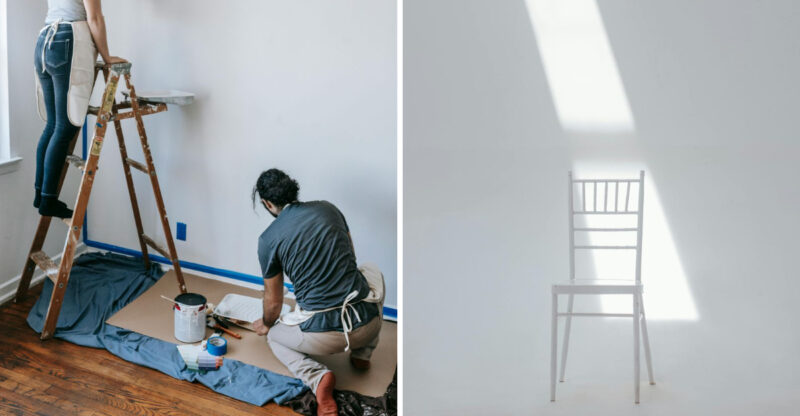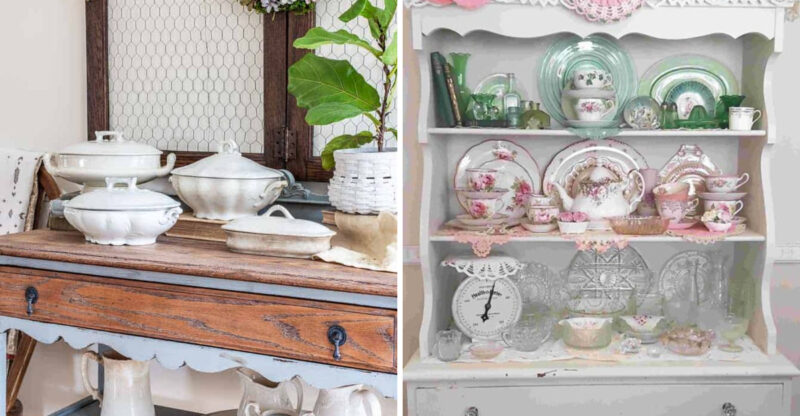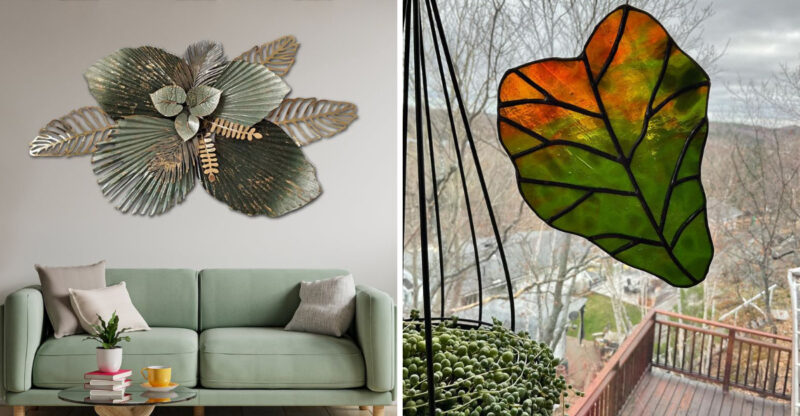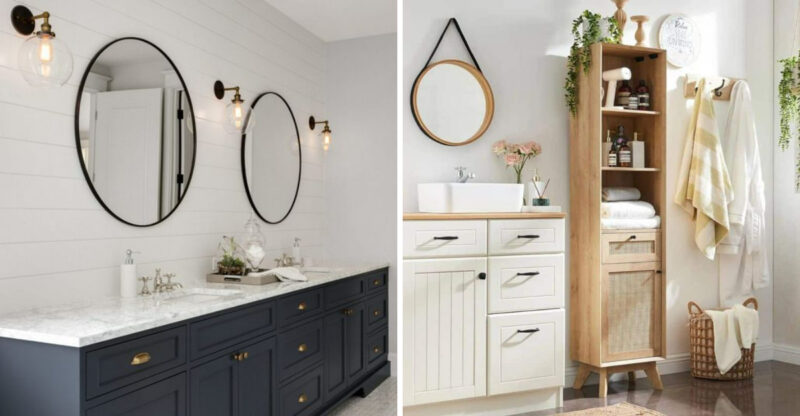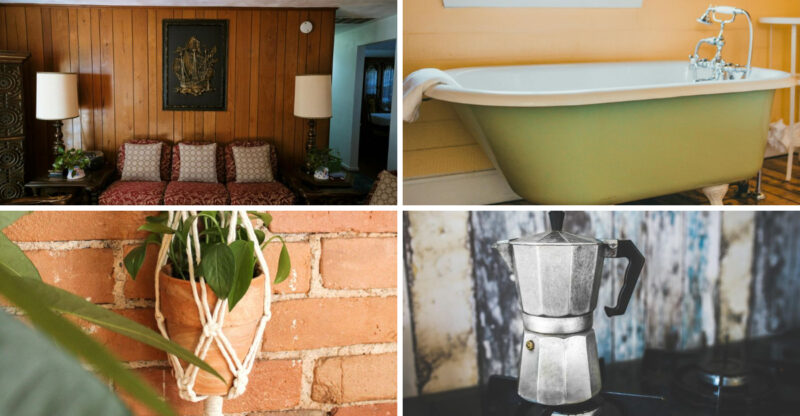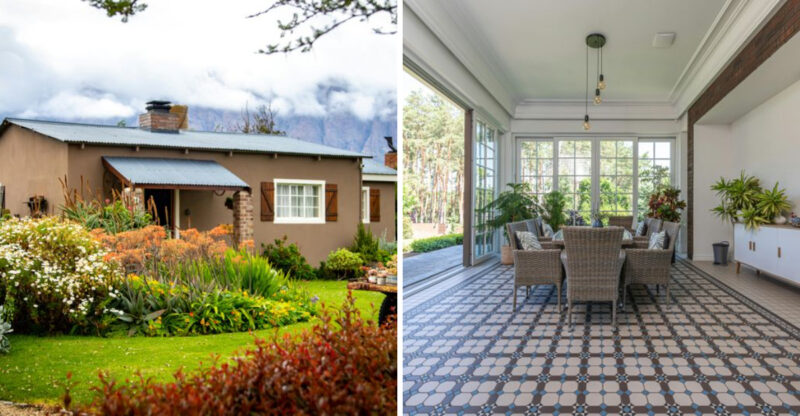7 Design Choices That Could Be Outdated And 4 That May Never Make A Comeback
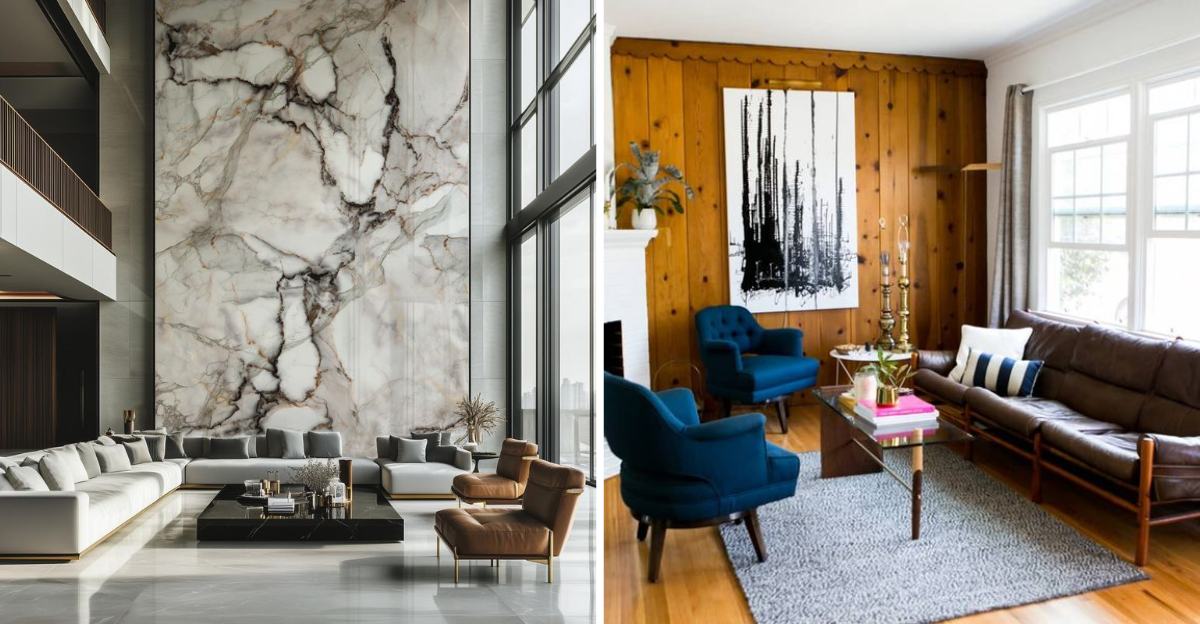
Home design constantly evolves, with yesterday’s must-haves becoming today’s eyesores. Remember when everyone wanted those giant entertainment centers in their living rooms?
Some trends fade temporarily, perhaps waiting for their retro revival moment. Others, however, have been banished to the design graveyard forever.
Let’s explore which dated décor might make a comeback and which ones are likely gone for good.
1. Floral Wallpaper
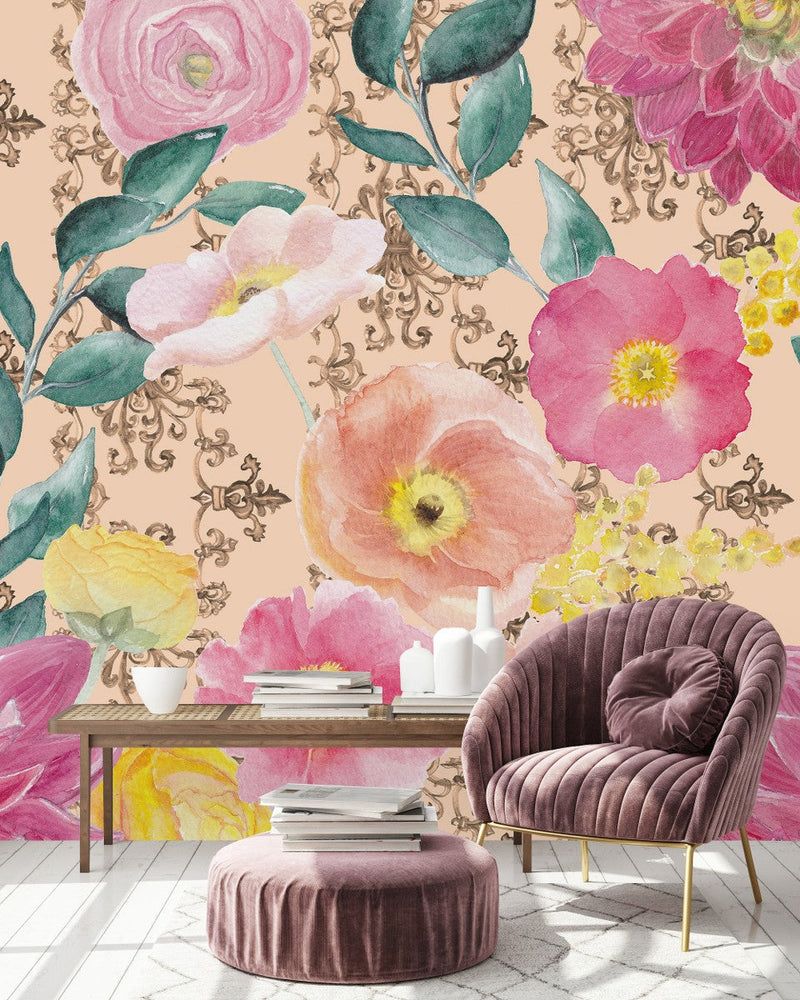
Remember those busy rose patterns covering every inch of grandma’s walls? Floral wallpaper dominated homes from the 1950s through the 1980s before falling out of favor. Today’s versions have actually started making a subtle comeback, but with modern twists.
Contemporary floral patterns feature bolder colors, larger-scale designs, and more artistic interpretations than their dated predecessors. Many designers now use floral accent walls rather than papering entire rooms.
If you’re considering this trend, look for updated botanical prints with cleaner backgrounds and fewer competing patterns. The key difference? Modern floral wallpaper makes a statement rather than becoming visual noise that overwhelms a space.
2. Shag Carpets
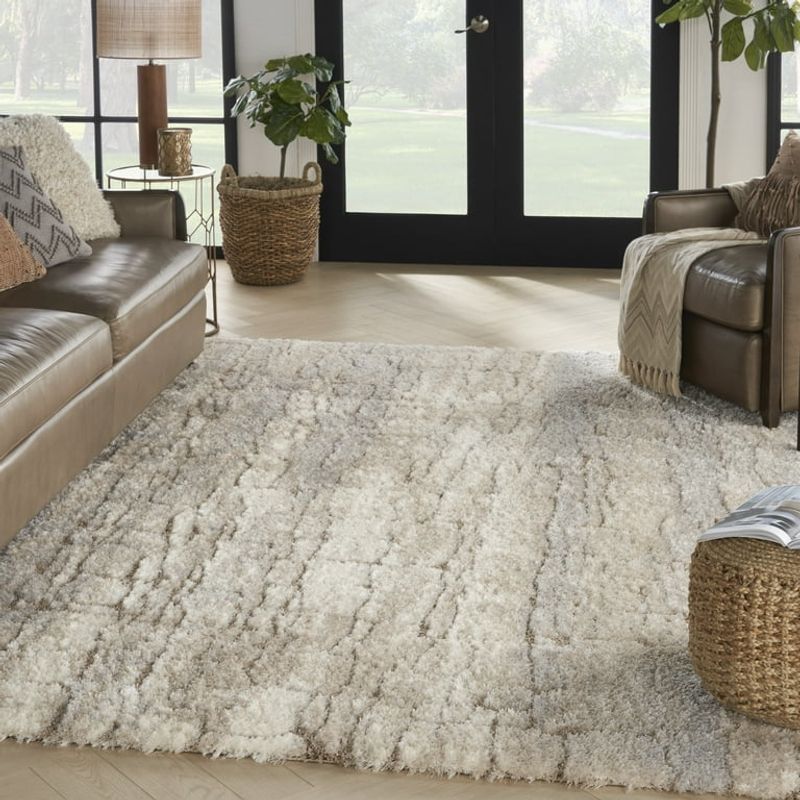
Those ultra-deep pile carpets from the 1970s were once the height of luxury. Walking barefoot across a plush shag carpet signaled you’d arrived at peak home comfort. Unfortunately, these floor coverings became infamous dust traps and cleaning nightmares.
Modern variations have emerged with improved materials and more manageable pile heights. Today’s versions typically appear as area rugs rather than wall-to-wall installations, featuring better construction and stain-resistant properties.
The appeal remains similar who doesn’t love sinking their toes into something soft? With improved vacuum technology and more practical applications, shag carpeting has found its way back into contemporary homes, albeit in more controlled doses and sophisticated color palettes.
3. Overly Dark Wood
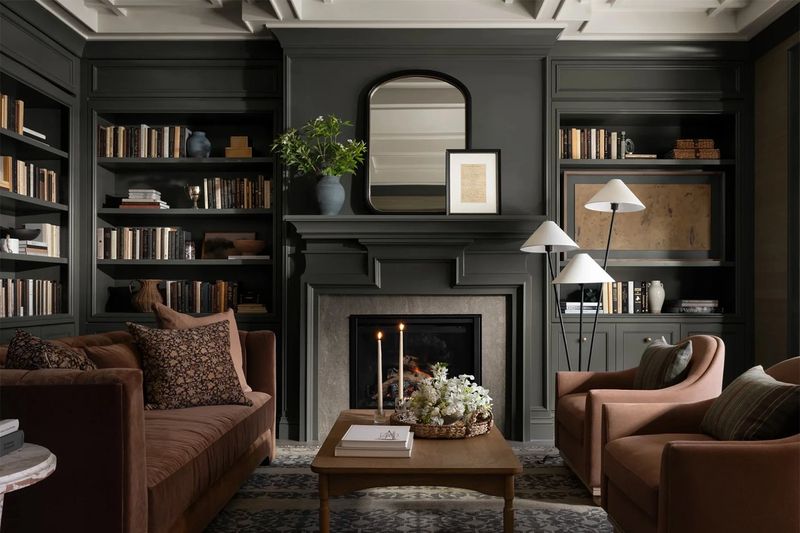
Dark mahogany and cherry finishes dominated furniture and cabinetry for decades, creating heavy, formal interiors that often felt gloomy. These super-dark wood tones made spaces feel smaller and absorbed what little natural light was available.
While lighter woods have dominated recent years, darker finishes are slowly returning in more balanced applications. The key difference is how they’re used as accents rather than the dominant element in a space.
Today’s approach pairs dark wood pieces with lighter surroundings to create contrast. A single dark wood statement piece can anchor a room without overwhelming it. This balanced approach allows the richness of darker woods to shine without creating the cave-like atmosphere that made them fall from favor.
4. Heavy Drapes
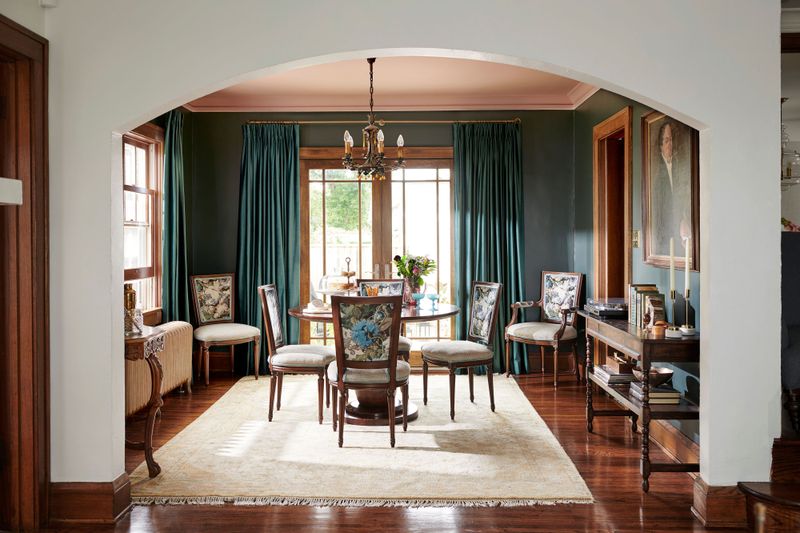
Those massive, puddle-length curtains with swags, jabots, and valances once signaled luxury in formal living spaces. Heavy drapes with tassels and tie-backs created dramatic window treatments that blocked light and collected dust in equal measure.
Light now rules supreme in modern design, with window treatments focusing on controlling rather than eliminating natural brightness. The pendulum has swung toward minimalist options like simple panels, blinds, and shades.
Yet hints of drapery drama are returning through textured fabrics and deliberate pooling. Unlike their predecessors, today’s statement curtains typically skip the fussy hardware and multiple layers. The emphasis now falls on quality material that frames views rather than elaborate treatments that become the view themselves.
5. Brass Fixtures
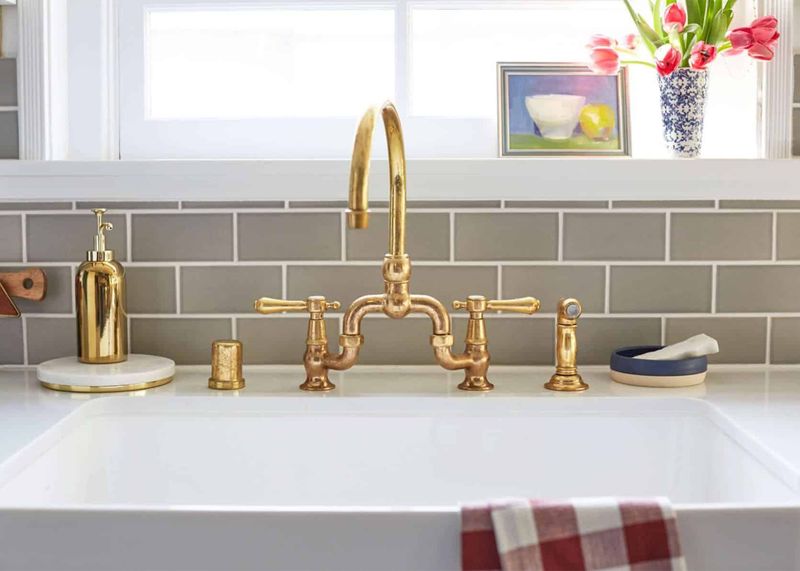
Shiny yellow brass dominated homes in the 1980s and early 1990s. From bathroom faucets to doorknobs, this gleaming metal was everywhere until it suddenly screamed “dated” as nickel and chrome took over.
After years in design exile, brass has made a remarkable comeback but with crucial differences. Today’s brass fixtures feature warmer tones and unlacquered finishes that develop natural patinas over time.
Unlike the mass-produced shiny brass of decades past, contemporary brass elements have subtler, more sophisticated finishes like brushed, antique, or champagne. This transformation shows how material finishes evolve rather than disappear completely. The lesson? Sometimes it’s not the material itself that becomes outdated but rather how it’s finished and incorporated into spaces.
6. Laminate Countertops

Those familiar speckled laminate countertops with dark brown edging were standard issue in kitchens for decades. Affordable and practical, they nonetheless became design shorthand for “budget renovation” as granite and quartz took over premium spaces.
Surprisingly, laminate has begun a quiet renaissance. Modern manufacturing techniques have transformed this material with improved durability and dramatically better aesthetics. Today’s versions can convincingly mimic stone, concrete, and other premium surfaces.
The affordability factor remains laminate’s strongest selling point, but sustainability considerations are boosting its appeal too. With realistic patterns, improved edge treatments, and better water resistance, laminate countertops deliver impressive value without the dated look of their predecessors. For budget-conscious renovators, today’s laminates offer style without the stigma.
7. Wall-to-Wall Mirrors

During the 1970s and 80s, covering entire walls with mirrors was considered the ultimate space-enhancing trick. Mirrored walls appeared in dining rooms, bedrooms, and even bathrooms, creating disorienting infinity effects that were supposed to feel luxurious.
The approach often backfired by making spaces feel like dance studios or outdated nightclubs. While mirrors remain essential design elements, their application has become more strategic and artistic.
Today’s designers use mirrors as statement pieces rather than wall coverings. Framed mirrors serve as focal points, while mirrored furniture provides reflective qualities without the overwhelming effect. When larger mirror installations do appear, they’re typically segmented or antiqued to create texture and avoid that dated “house of mirrors” feel that characterized the disco era.
8. Plastic Patio Furniture (may never make a comeback)
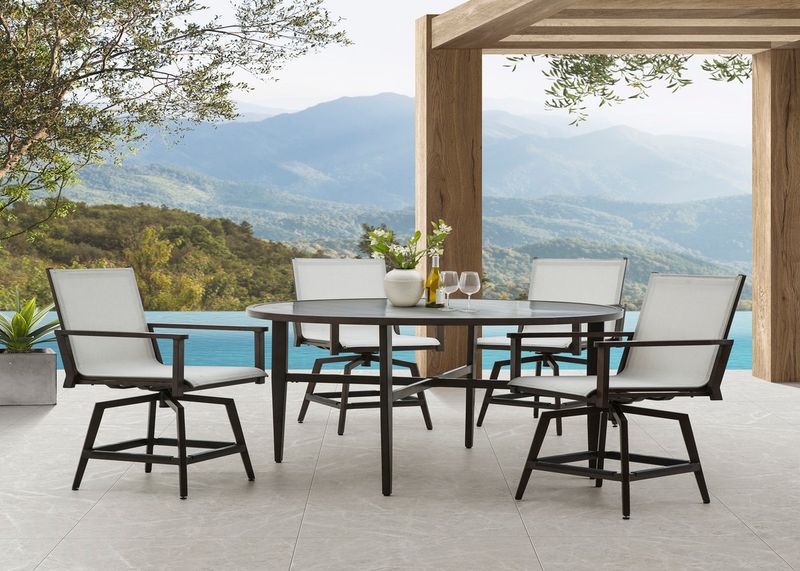
Those flimsy white plastic chairs that turned yellow and brittle after one season dominated backyards throughout the 1980s and 1990s. Cheap and initially practical, these petroleum-based pieces symbolized disposable design at its worst.
Unlike other dated trends showing signs of revival, cheap plastic outdoor furniture seems permanently relegated to design purgatory. Environmental concerns have pushed consumers toward more sustainable materials like metal, wood, and recycled composites.
Modern outdoor spaces emphasize durability and style, with furniture expected to last decades rather than seasons. Even budget-friendly options now incorporate weather-resistant fabrics and sturdier frames. The combination of environmental awareness, improved alternatives, and changing consumer expectations means those stacking plastic chairs will likely remain in the past where they belong.
9. Avocado Appliances (may never make a comeback)
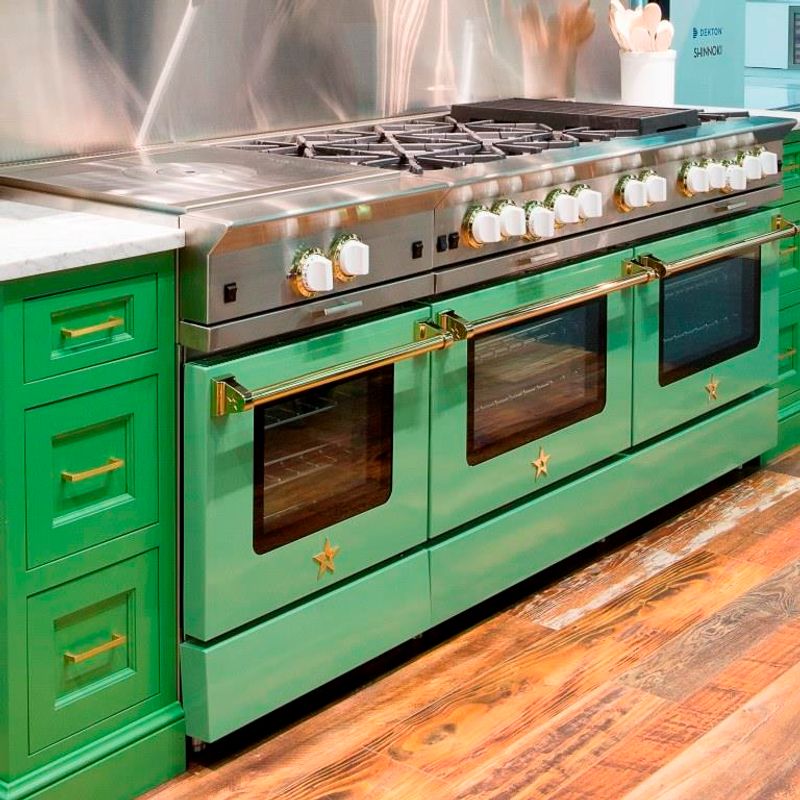
Those infamous green refrigerators, stoves, and dishwashers dominated 1970s kitchens alongside their equally questionable cousins in harvest gold and burnt orange. Avocado appliances became the poster children for dated design, lingering in homes long after their moment had passed.
While color has returned to kitchen appliances, today’s versions feature sophisticated hues like cobalt, matte black, or deep burgundy. The particular muddy yellow-green of avocado appliances remains firmly in the never-again category.
What killed this trend permanently? The color itself sits in an unfortunate middle ground neither truly retro-cool like pink nor timeless like white. Even nostalgic homeowners typically draw the line at reinstalling these particular green machines. Some design choices simply can’t overcome their strong association with a specific, not-particularly-beloved era.
10. Faux Marble Panels (may never make a comeback)

Those thin plastic sheets with unconvincing marble patterns were once considered an affordable luxury upgrade. Commonly installed in bathrooms and entryways, these panels attempted to mimic expensive stone but fooled absolutely no one with their repetitive patterns and flimsy construction.
Unlike other faux finishes that have improved with technology, these particular panels represent a design approach that has been permanently abandoned. Today’s alternatives include porcelain tiles that convincingly mimic marble at a fraction of the weight and cost.
The fundamental problem was never the concept of affordable alternatives but the poor execution. Modern manufacturing has developed legitimate marble alternatives through digital printing on ceramic and engineered surfaces. These contemporary options deliver realistic veining and texture that their plastic ancestors never could, making those unconvincing panels permanently obsolete.
11. Laminated Wood Paneling (may never make a comeback)
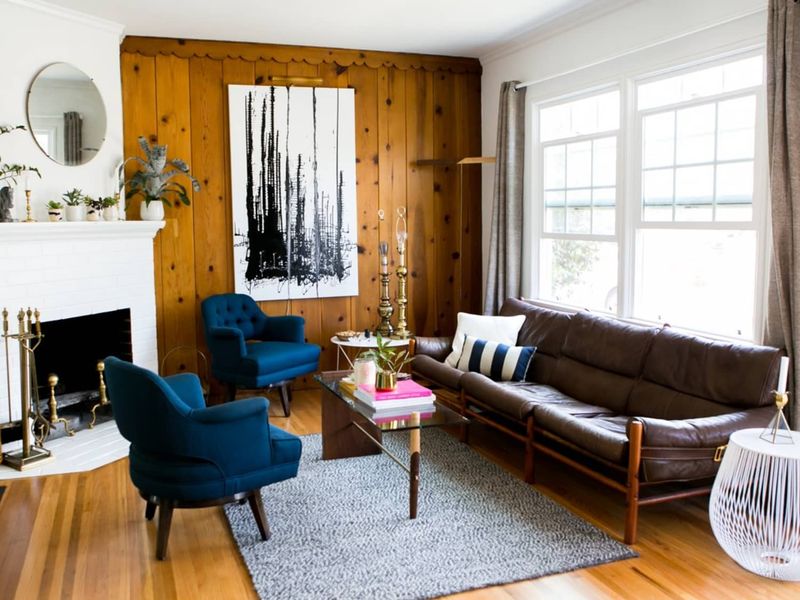
Dark brown faux-wood paneling covered the walls of countless basements, dens, and rec rooms from the 1960s through the 1980s. This inexpensive material attempted to create a cozy cabin feel but usually resulted in cave-like spaces that absorbed light and made rooms feel smaller.
While authentic wood accents have remained consistently desirable in home design, the fake-grained sheets with visible seams represent a shortcut that has been permanently rejected. Homeowners who purchase houses with these panels typically remove or paint over them immediately.
What killed this trend for good? Beyond the dark, oppressive feel, these panels became strongly associated with outdated rec rooms and low-budget construction. Unlike other wood elements that can feel timeless, the artificial grain patterns and often orange-tinted finish of laminated panels created an unmistakable timestamp that no amount of nostalgia can redeem.

